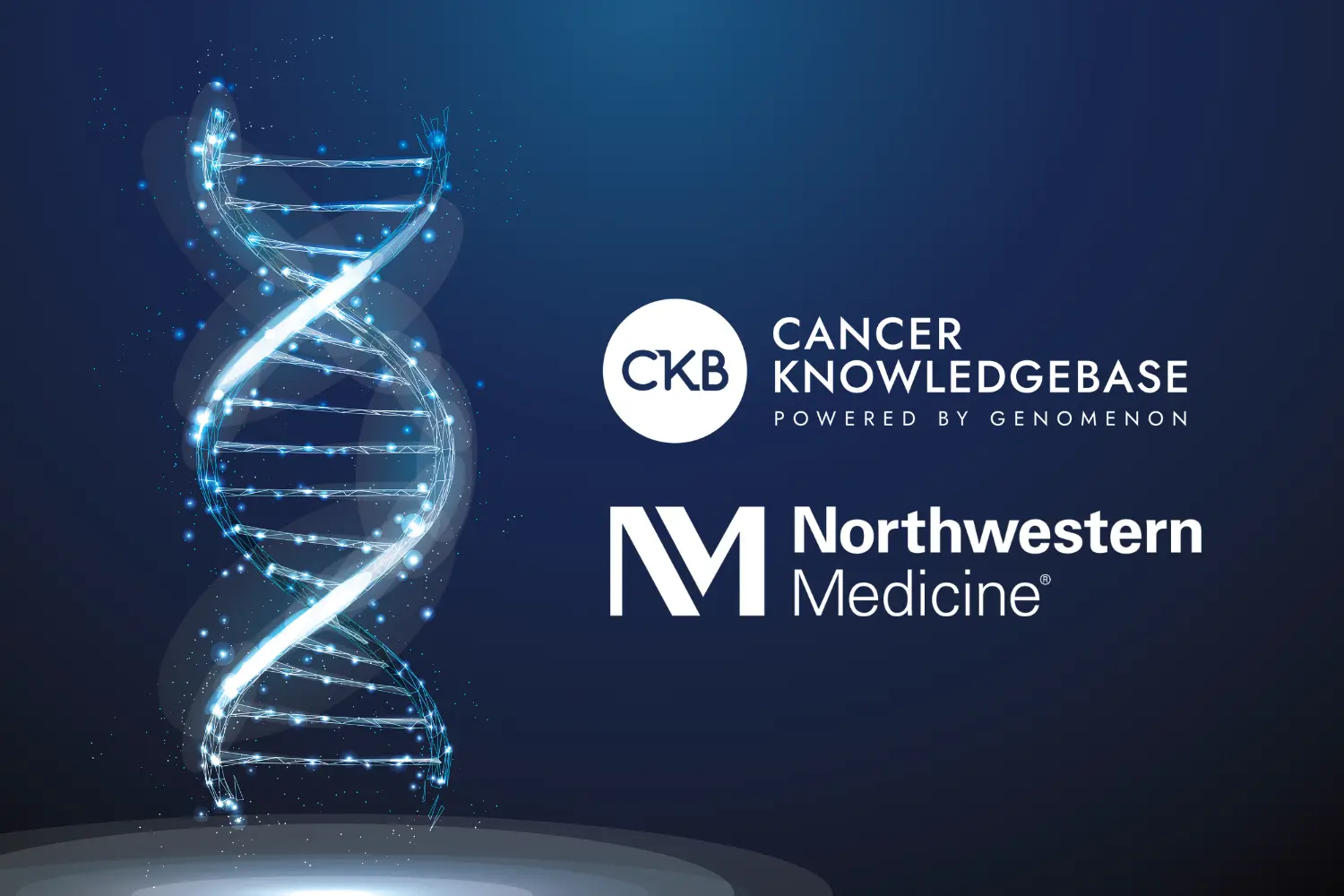Our recent CKB & Northwestern Medicine webinar took a deep dive into what it really takes to make genomic information actionable in a hospital. Lucas Santana Dos Santos, Director of Bioinformatics at Northwestern Medicine, walked us through his team’s journey of integrating CKB Flex into a high-volume oncology lab - and the lessons extend far beyond the technical side.
The Northwestern Experience
Northwestern Medicine runs more than 20,000 oncology tests each year. That scale brings constant pressure to deliver faster, more consistent variant interpretation, all while maintaining the highest standards of quality. A full migration to cloud infrastructure laid the groundwork for scalability, but the interpretation bottleneck remained.
CKB Flex offered a solution. With weekly flat file deliveries covering more than 49,000 variants, 15,000 clinical trials, and thousands of therapies, the Northwestern team gained the ability to align reports with the latest evidence and integrate that data directly into their existing systems. Importantly, they retained full control - no reliance on external APIs or siloed databases.
Implementation has been intentionally phased. Phase one focused on RNA fusion detection, chosen for its high impact and relatively manageable complexity. Next comes DNA panel integration, followed by advanced analytics and utility studies for ongoing continuous improvement. As Lucas emphasized during the webinar, technical integration is often easier than workflow transformation - making a gradual, structured rollout is essential for success.
Audience Pulse: What the Polls Revealed
We also asked attendees to share their own experiences through live polls. Their answers provided a snapshot of where the broader community stands.
- Turnaround times are long.
Most reported somatic interpretations still take four days to more than a week, stretching clinical workflows and delaying downstream decisions. The lag compounds as cases stack up, reviewers context-switch, and evidence must be re-gathered for each variant. The takeaway is clear: labs need more efficient, integrated solutions that surface curated evidence and trial options directly in the reporting environment to reduce turnaround times without sacrificing quality.
- Integration is the biggest bottleneck.
Across teams, the biggest pain point isn’t finding evidence - it’s moving structured data seamlessly into LIS, LIMS, or EMR systems. Fragmented handoffs, brittle scripts, and mismatched nomenclature delays everything, often more than literature triage, trial matching, or resolving conflicting evidence. A robust integration layer paired with standardized ontologies and version control can unblock the pipeline, cut manual rework, and make results instantly usable for clinicians.
Key Takeaways
The Northwestern case study and the audience pulse tells the same story: the challenge is no longer about data access , but how well it can be applied. Success depends on phased implementation, staff involvement, and process optimization just as much as on the technology itself.
Long turnaround times reflect the inefficiencies of manual processes. Integration challenges point to the difficulty of connecting evidence into clinical systems. And budget concerns show the need for solutions that deliver measurable, immediate value.
CKB Flex is designed to meet each of these needs. By providing curated, up-to-date evidence in a format that integrates directly into existing pipelines, it streamlines interpretation and reduces time to report. Its structured, standardized data minimizes the friction of LIS/LIMS/EMR integration and ensures consistency and scalability. And by enabling labs to work faster and more accurately with fewer missed opportunities, it offers a clear return on investment that can help overcome budget hesitation.
In short, the pain points our audience identified are exactly where CKB Flex delivers its greatest impact.
Looking Forward
Precision oncology is shifting from the question of “can we find the data?” to “how can we use it effectively?” The experience at Northwestern Medicine shows the possibilities when genomic intelligence is seamlessly integrated into the diagnostic workflow. And the responses from our audience confirm that many labs are facing the same challenges - and searching for solutions.
See the integration in action. Watch the recording to learn how Northwestern accelerated fusion detection and standardized evidence use.







